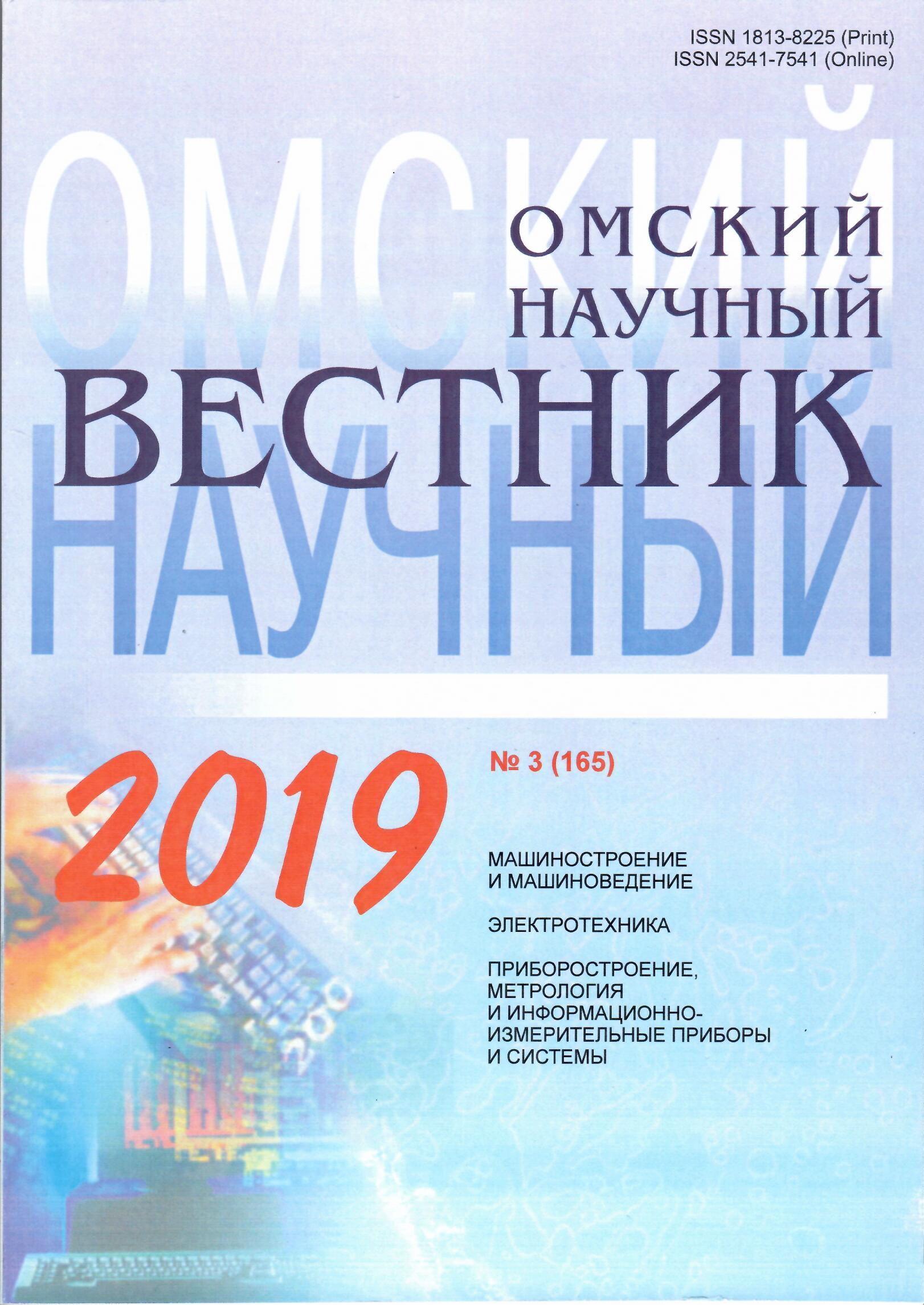Copper halide-based semiconductor materials. Adsorption properties
DOI:
https://doi.org/10.25206/1813-8225-2019-165-61-65Keywords:
solid solutions, adsorption properties, ion-radical and donor-acceptor mechanisms, laws of adsorption and electrical conductivity, semiconductor gas analysisAbstract
The adsorption of hydrogen, acetone, and isopropyl alcohol on solid solutions and binary components of the CuBr-CuI system in wide temperature and pressure ranges using the quartz crystal microbalance method has been studied. The ion-radical (relating to hydrogen) and donor-acceptor (relating to acetone, isopropyl alcohol) adsorption mechanisms with the participation of coordination-unsaturated atoms (mainly copper atoms) and structural defects as active sites have been established. With the change in the composition of the components of the CuBr-CuI system, both smooth and extreme (with regard to acetone, isopropyl alcohol) changes in the adsorption values are observed. The influence of the mechanism of occurrence of hole conductivity of CuBr-CuI system components on the nature of the concentration dependence of adsorption is shown. Recommendations on the use of the most active component of the CuBr-CuI system relating to hydrogen as a material for the manufacture of relevant sensors have been given.
Downloads
Published
How to Cite
Issue
Section
License
Non-exclusive rights to the article are transferred to the journal in full accordance with the Creative Commons License BY-NC-SA 4.0 «Attribution-NonCommercial-ShareAlike 4.0 Worldwide License (CC BY-NC-SA 4.0»)




